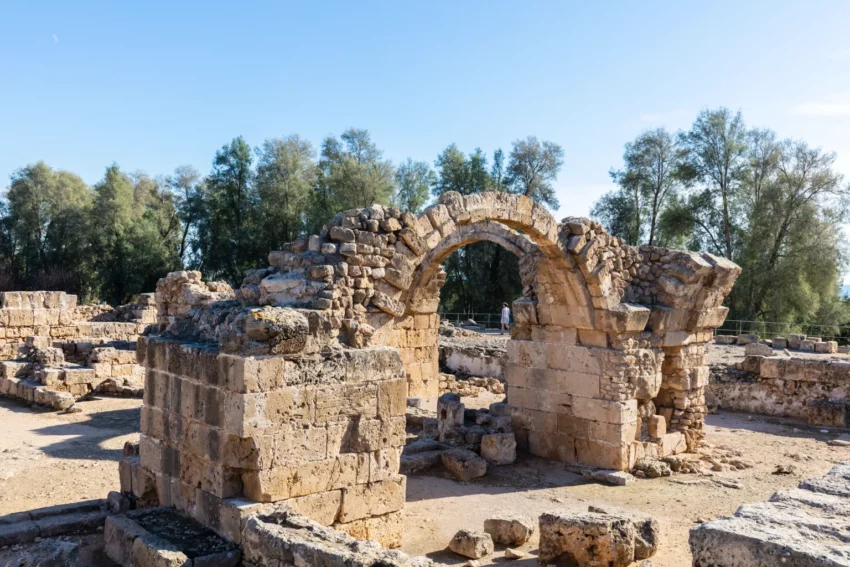Saranta Kolones: A Fortress of History and Mystery
Saranta Kolones, known in Greek as “Forty Columns Castle,” stands as a testament to medieval fortification within the Paphos Archaeological Park in Cyprus. Located just north of Paphos harbor, this ruined fortress draws its name from the many granite columns that once graced the site, likely part of the ancient agora.
Get your dose of History via Email
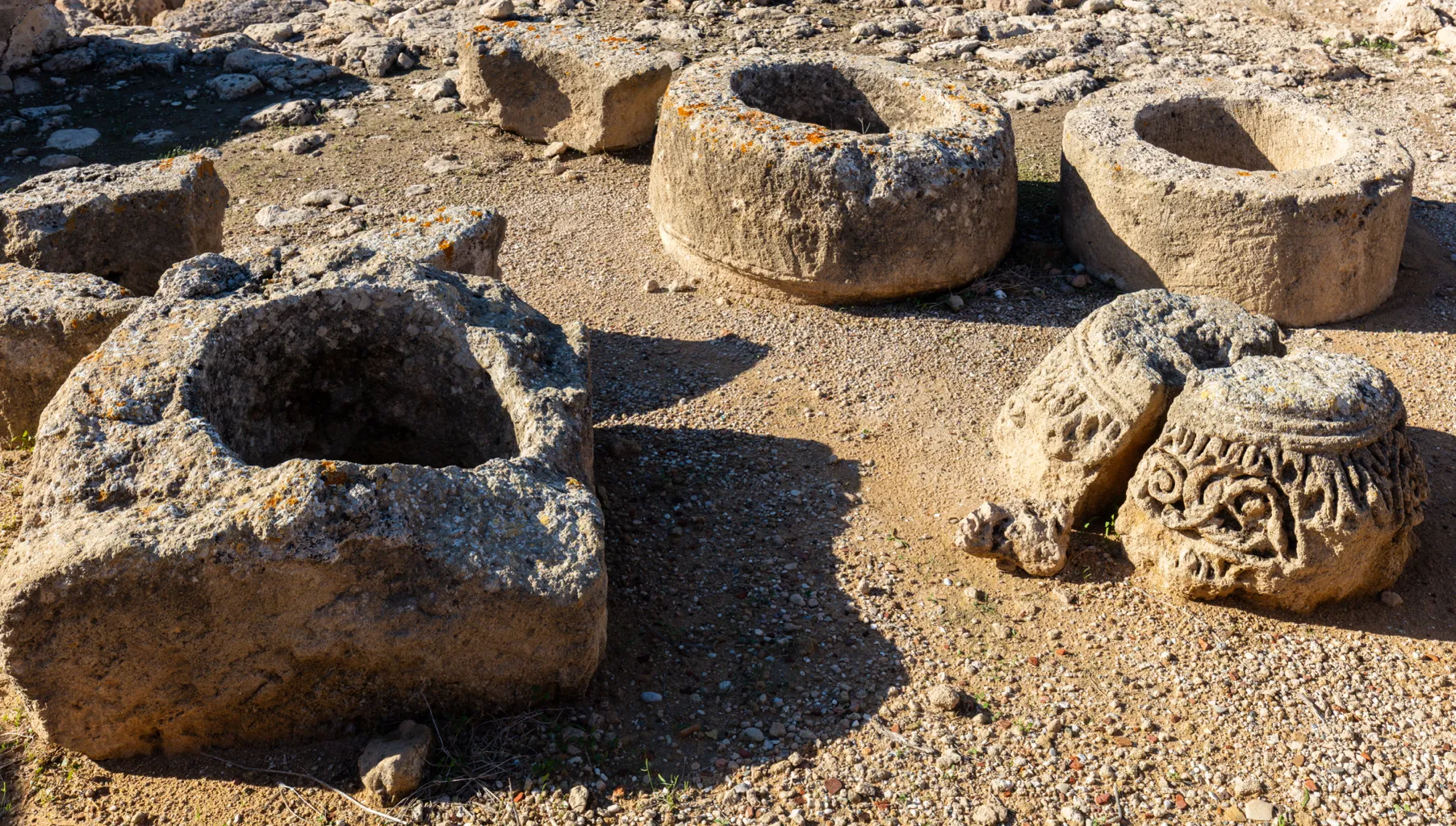
Historical Significance
Built by the Byzantines in the late 7th century AD, Saranta Kolones served as a protective stronghold for the port and the city of Nea Pafos against Arab raids. Its three-meter-thick walls, complemented by four corner towers and four intermediary towers, formed a formidable defense. A wooden bridge provided access across the surrounding moat, leading to a square courtyard measuring 35 by 35 meters. A tower stood at each corner, and the main entrance featured a distinctive horseshoe-shaped tower on the east side.
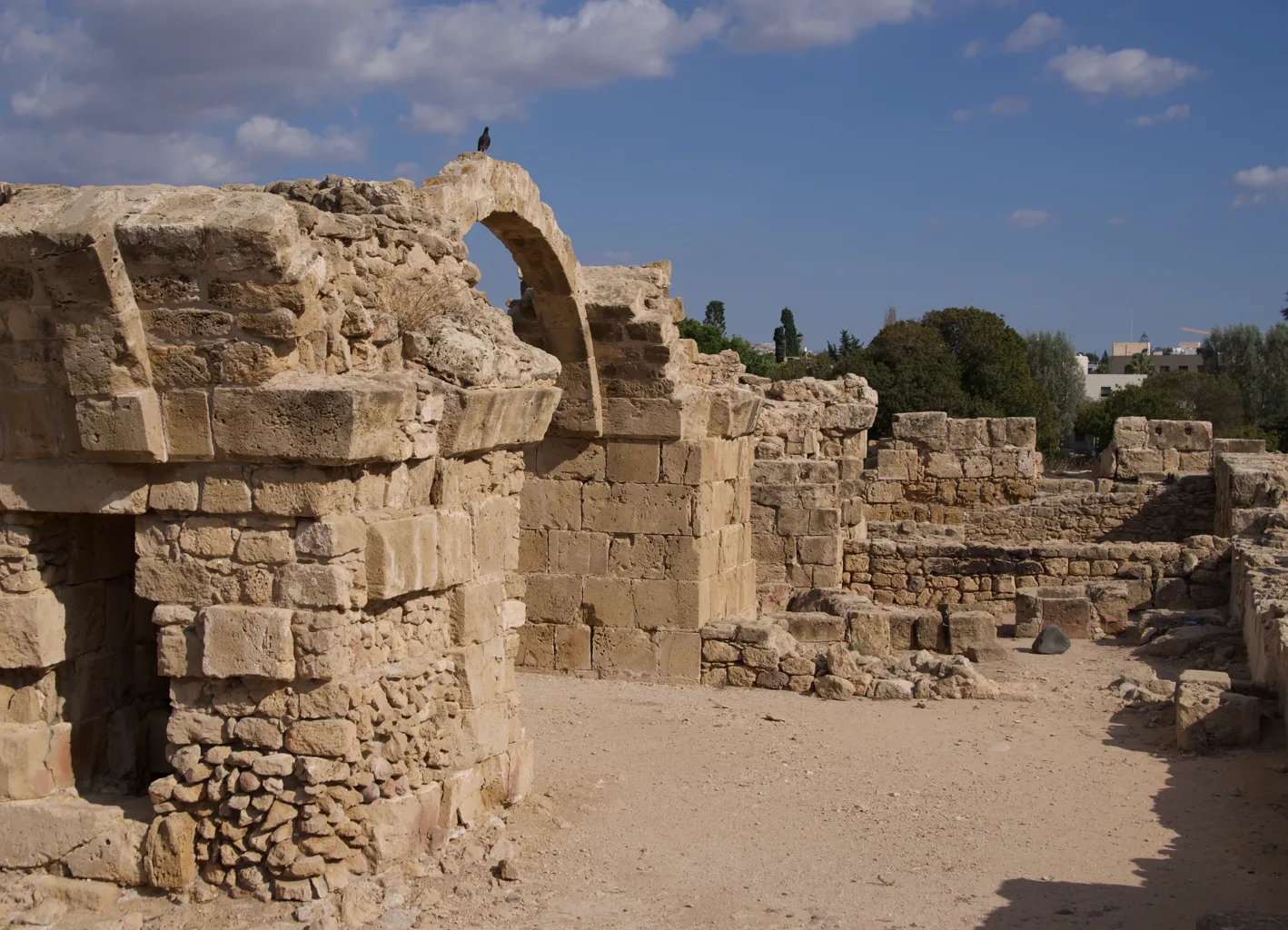
A Timeline of Turbulence
The fortress faced multiple rebuilds and destructions throughout its history. Initially constructed under the supervision of Emperor Heraclius I’s brother, Theodore, it became a central element of Paphos’ defensive system. Despite its strength, Arab forces captured and destroyed it during their second invasion of Cyprus in 653-654 AD. Rebuilt a few years later, the fortress was demilitarized in 688 AD following an Arab-Byzantine agreement.
In 965 AD, the Byzantines restored the fortress completely. In 1191, Richard the Lionheart seized control of the castle. The new owners, possibly the Knights of the Hospitaller Order or the Lusignans, significantly remodeled and strengthened the structure around 1200. However, a powerful earthquake in 1222 led to the castle’s abandonment. Subsequent rulers chose not to rebuild Saranta Kolones, opting instead for a new citadel on the western side of the harbor, now known as Paphos Castle.
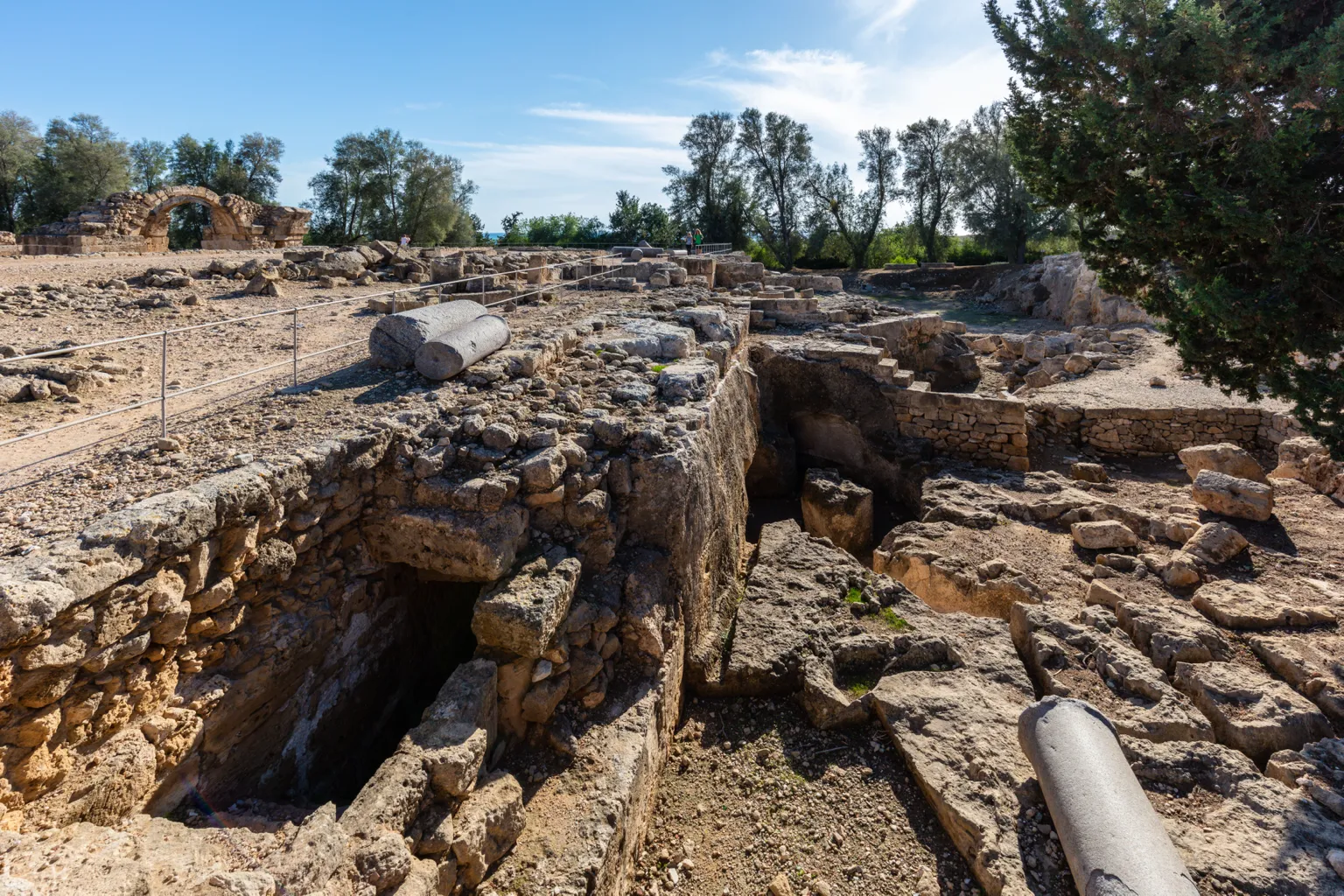
Architectural Marvel
In its final form, Saranta Kolones boasted a double fortress design covering approximately 600 square meters. The outer castle featured thick fortified walls with four massive round towers at the corners and triangular half-towers at the curtain walls’ center. A deep moat surrounded the castle, crossed by a wooden bridge on the western side.
The inner citadel, measuring 35 by 35 meters, housed four rectangular corner towers and a semicircular gatehouse on the east side. The fortress gate, shaped like a horseshoe, marked the main entrance. Within the inner castle, military and utility buildings such as barracks, a bakery, a forge, a sugar cane mill, stables, marble pools, and more filled the space. Notably, a chapel occupied the upper floor, while several toilets connected to a sewer system served both the lower and upper floors.
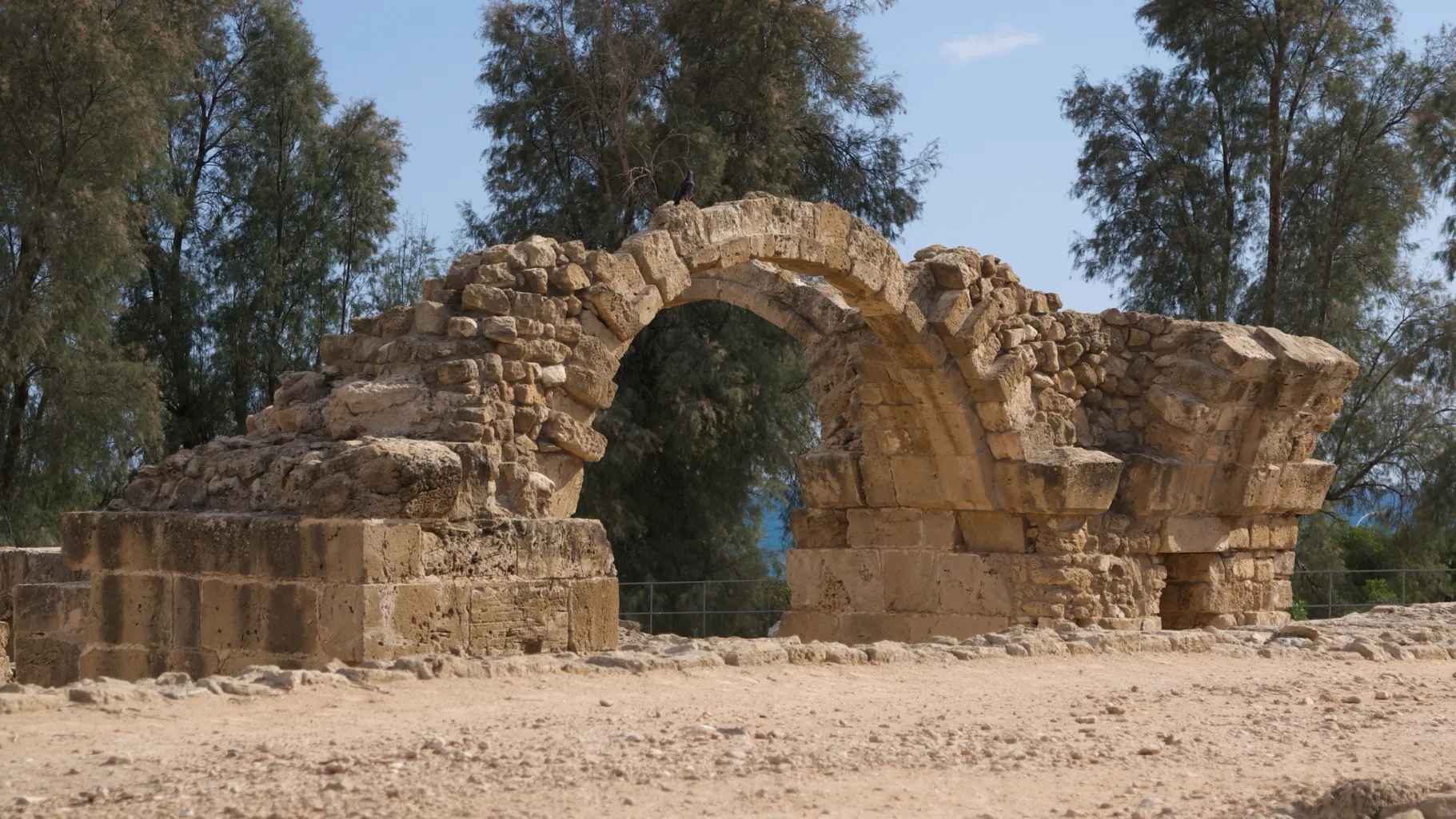
Excavations and Discoveries
Excavations in 1983 provided new insights into the fortress’s construction. Ceramic and coin finds suggest Saranta Kolones may have been built during the Lusignan period, after 1191. The discovery of a molasses vessel indicates sugar production before the earthquake of 1222, highlighting the site’s economic activity.
The name “Saranta Kolones” derives from the 40 monolithic Roman columns reused in the castle’s construction. These columns served as the substructure of the entrance to the outer courtyard and various architectural features within the castle. Their original use becomes evident in the former agora area and at the Chrysopolitissa Church.
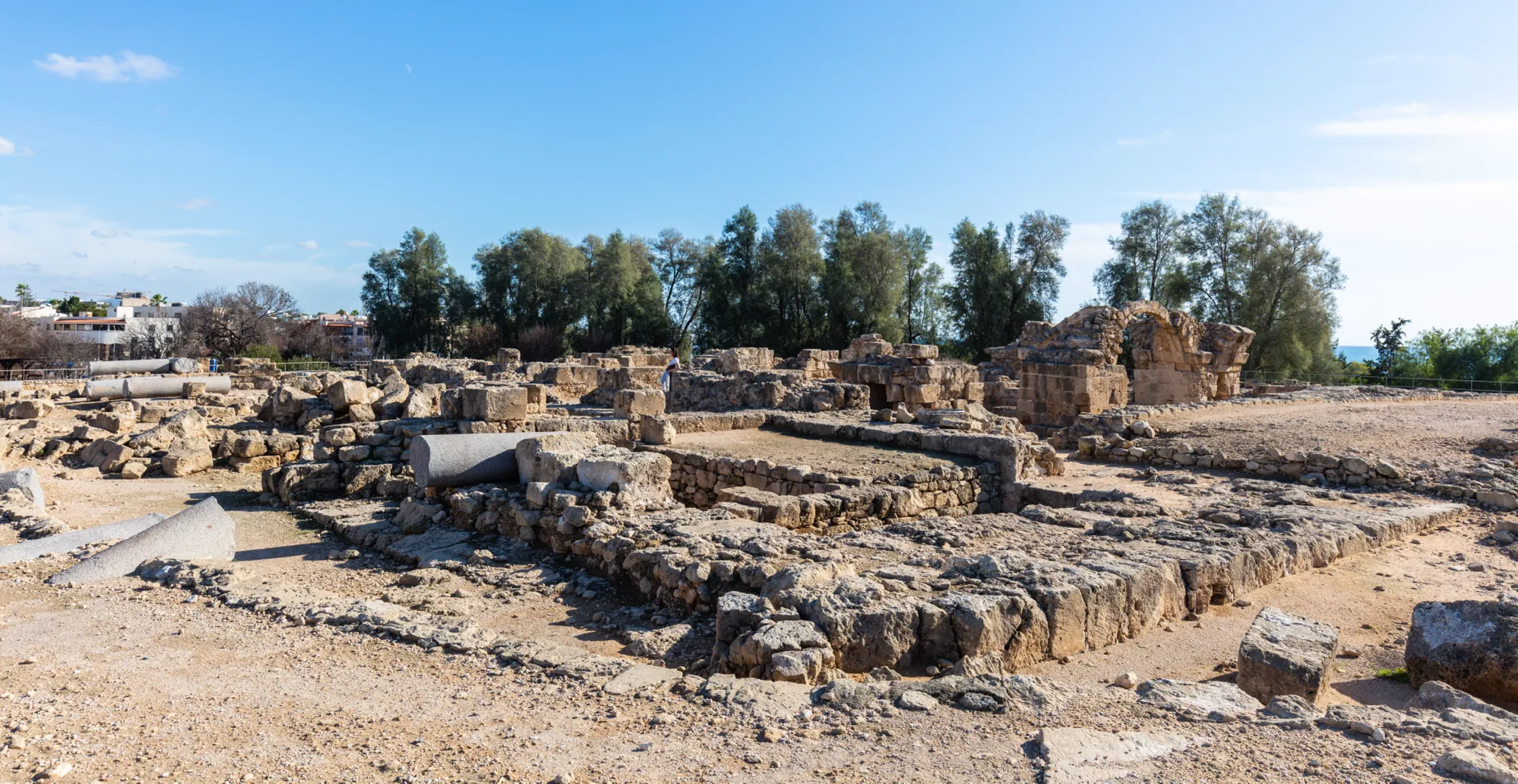
Conclusion
Saranta Kolones remains a fascinating relic of medieval Cyprus, offering a glimpse into the island’s turbulent past and architectural ingenuity. Its strategic importance, coupled with its architectural marvels, makes it a significant historical site. Visitors to Paphos can explore the ruins and imagine the once-mighty fortress that stood guard over the harbor and city, a symbol of resilience and history.
Sources:

